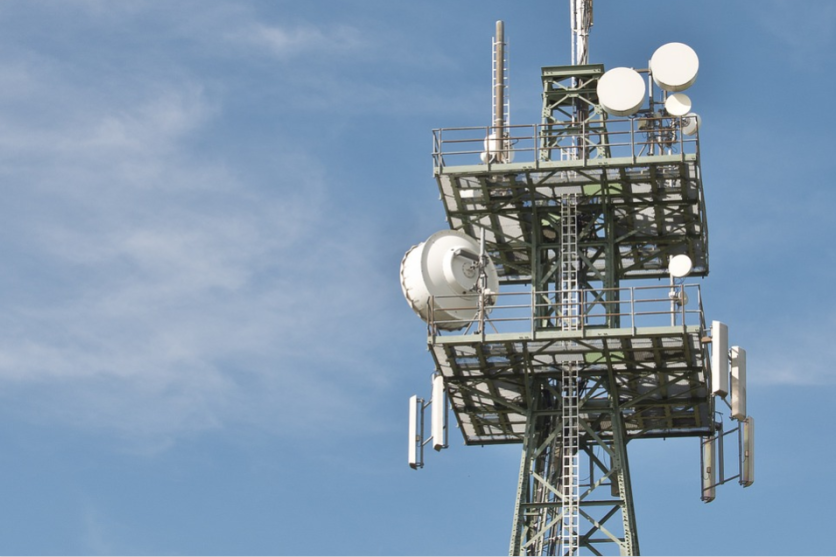
Verizon and AT&T are set to take a massive step next year. Major US wireless carriers are gearing up to shut down their old 3G networks, which is a process that has been fraught with delays and miscommunication as companies alert their customers with older phones that it is time to upgrade.
Verizon and AT&T 3G Shutdown
Verizon and AT&T have published guides to which devices will stop working after the 3G networks go offline in 2022, according to The Verge.
Verizon has delayed its CDMA 3G network shutdown numerous times already, but it is now firmly committed to shutting the network down by Dec. 31, 2022.
All 3G basic phones and smartphones will lose service, but some 4G devices will be impacted too, namely those that do not support VoLTE or Voice over LTE. A few connected devices are affected as well. Verizon posted the full guidelines on its official website.
Meanwhile, AT&T took an opposite approach. The company has published a complete list of exactly which phones, tablets, and smartwatches will keep working after its 3G shutdown on Feb. 22, 2022.
The full list was posted by XDA Developers.
There is concern in the alarm industry, as many home security devices use AT&T's 3G, and it is possible that the users won't be able to replace them in time. In any case, AT&T makes it easy to understand which mobile devices will keep functioning after the network shutdown.
T-Mobile's 3G shutdown is a bit more complicated. It operates a UMTS 3G network, which the company will reportedly shut down in April 2022, and Sprint's former CDMA 3G network, is scheduled to shut down on Jan. 1, 2022.
T-Mobile has not published a list of affected devices, but customers can check their device's IMEI to see if it is LTE and VoLTE compatible, which should indicate whether the device will keep working after the 3G networks are taken offline next year.
The Future of 5G
According to Forbes, the major US wireless carries are now preparing to launch their 5G bundles.
Verizon stated in a conference on March that it will continue to enhance the high-speed range millimeter wave-based 5G network around which it initially built its 5G strategy. Verizon plans to call its 5G service Ultra Wideband.
T-Mobile spent a fair amount of time talking about a key new application for the higher speeds and advanced reach of a mid-band frequency powered 5G network, the ability to deliver wireless broadband services to businesses and homes across the country through a technology called Fixed Wireless Access or FWA.
Unlike its competitors, AT&T spent very little time discussing its C-Band acquisition other than to not that it was planning to deploy the first 40 MHz in a similar time frame as Verizon.
Instead, the company talked a fair bit about extending its network of optical fiber, which it pointed out can be used to provide a critical backbone for its wireless 5G network, as well as direct-to-home fiber-based broadband services that it currently offers.
The three US wireless carries have different strategies, opportunities, and challenges facing them before the launch of the 5G network in the country.
Related Article : 5G Can Now Wirelessly Charge Your Phone Through New Antenna Technology; When Can You Expect to See it?
This article is owned by Tech Times
Written by Sophie Webster




